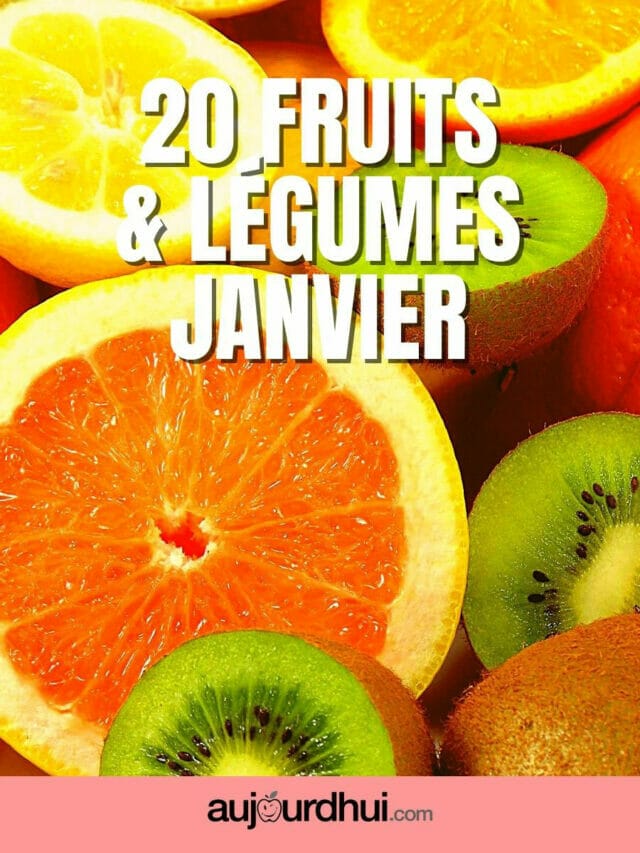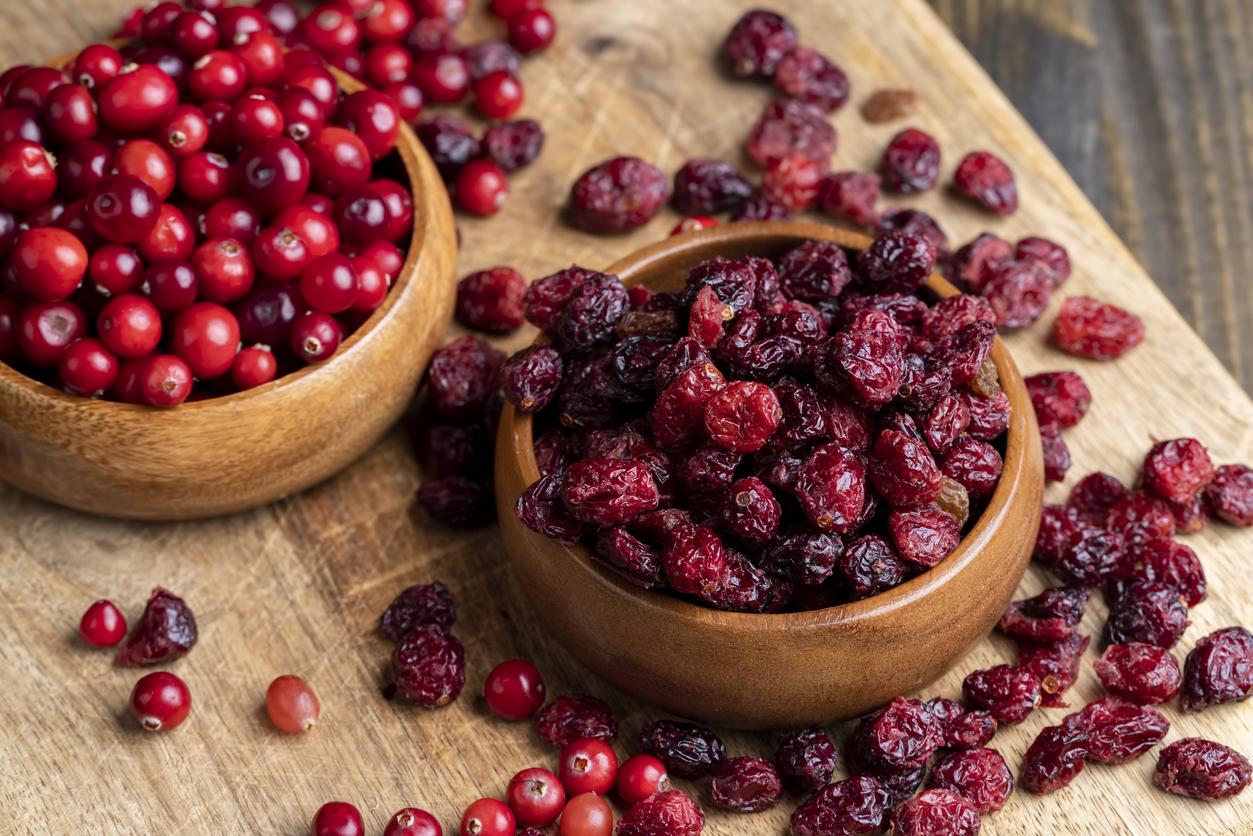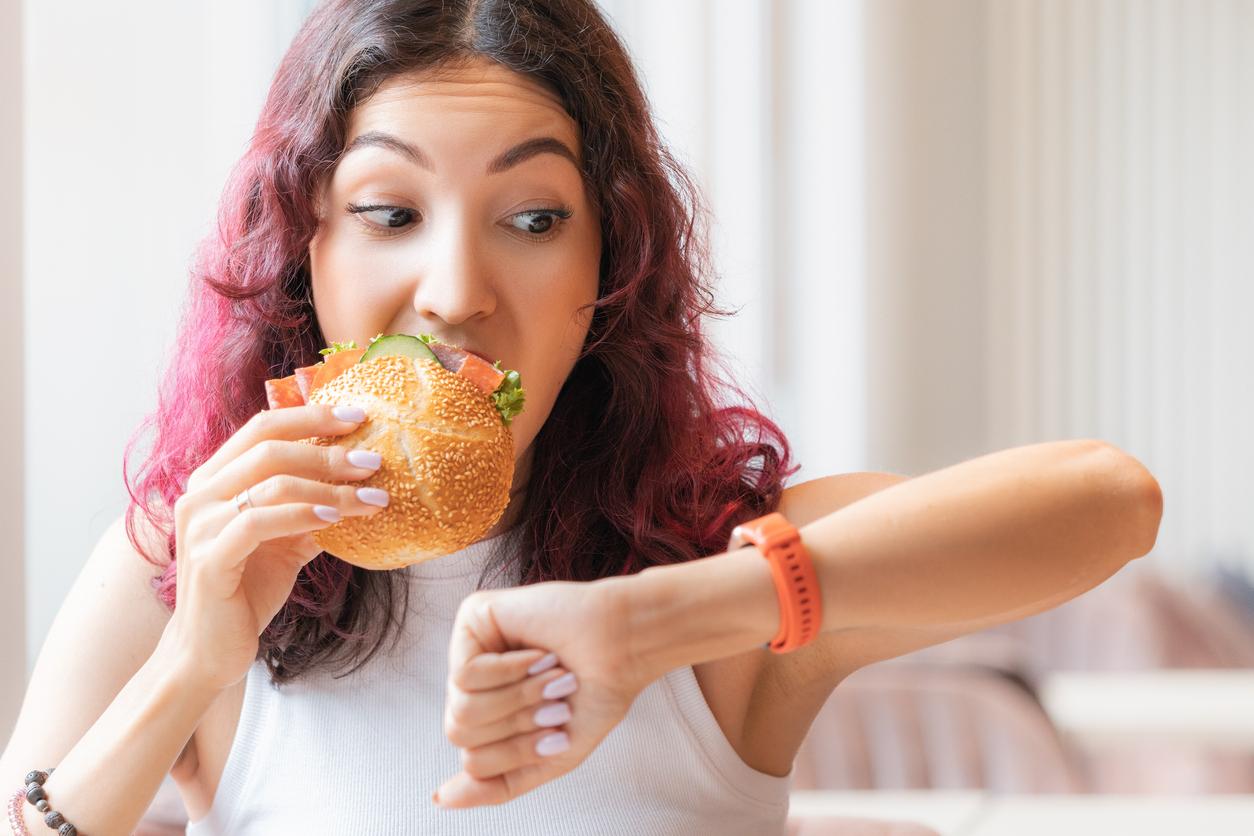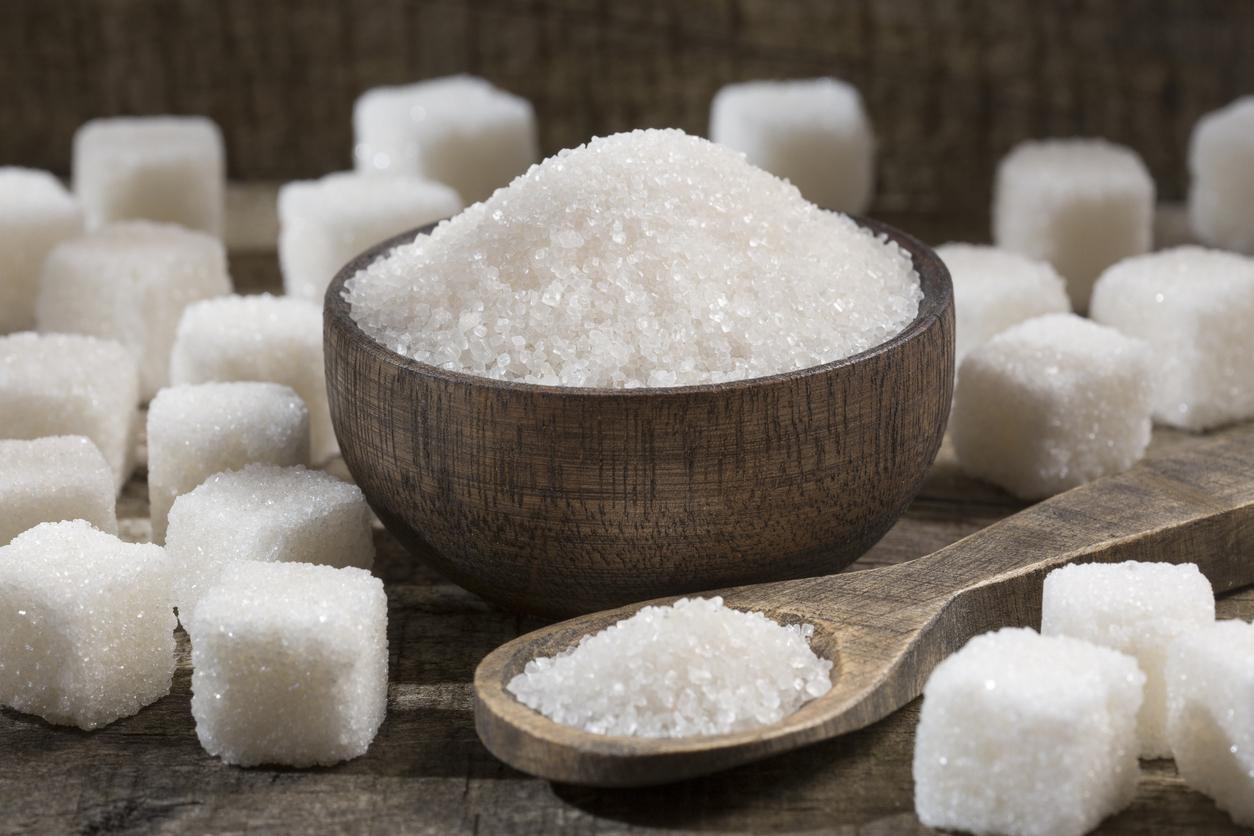- Definition: what are flavonoids?
- Benefits: why consume flavonoids?
- What foods are high in flavonoids?
- How much flavonoids should you consume per day to be healthy?
Definition: what are flavonoids?
Flavonoids are naturally occurring compounds in the polyphenol class, found in a variety of foods including fruits, vegetables, herbs and spices. They are known for their antioxidant, anti-inflammatory and anti-tumor properties, and are therefore considered beneficial to health.
Flavonoids are plant pigments that give their color to fruits, vegetables and flowers. They are produced by plants to protect themselves from UV rays, insects and fungal infections. Flavonoids are also responsible for leaf color in the fall.
Flavonoids are polyphenols that consist of two benzene rings linked by a carbon chain. Flavonoids represent more than 6000 natural compounds, which are classified into six groups: flavanols, flavones, flavanones, isoflavones, anthocyanidins and flavonols.
Focus on the different types of flavonoids
- THE flavanols, also known as catechins, are found in green tea, cocoa, and red wine. They are associated with a reduced risk of heart disease, hypertension and diabetes.
- THE flavones are found in citrus fruits, peppers and parsley. They are associated with reduced inflammation and cancer risk.
- THE flavanones are found in citrus fruits and are associated with a decreased risk of heart disease.
- THE isoflavones are found in legumes and are associated with a reduced risk of breast cancer and osteoporosis.
- THE anthocyanidins are found in berries, cherries and red grapes. They are associated with a reduced risk of heart disease and obesity.
- THE flavonols are found in tea, apples, onions and red wine. They are associated with a reduced risk of heart disease, diabetes and cancer.
Benefits: why consume flavonoids?
Numerous studies have shown the health benefits of these flavonoids. In particular, they protect against cellular aging through their antioxidant effect. They help to protect the body from the harmful effects of free radicals linked to pollution, the ingestion of toxic substances (alcohol, tobacco, etc.), stress and exposure to the sun. They might also reduce inflammation, improve blood circulation, lower bad cholesterol levels, and boost the immune system.
Flavonoids have also been linked to a reduced risk of heart disease, hypertension, diabetes, obesity, cancer, neurodegenerative diseases and respiratory diseases.
What foods are high in flavonoids?
Foods richest in flavonoids include berries (blueberries, raspberries, blackberries, strawberries…), citrus fruits (oranges, lemons, grapefruits…), legumes, herbs and spices, green leafy vegetables dark, green tea, cocoa, red wine and onions. Other beverages such as coffee and beer also contain it.
The most frequent flavonoids are quercetins (onion, tomato, broccoli…), isoflavones (soya, legumes…), anthocyanins (red fruits, grapes…), kaempferol (strawberries, spinach, broccoli …), flavones (parsley, citrus fruits…) or catechins (tea, red wine…).
How much flavonoids should you consume per day to be healthy?
There is no official recommendation regarding the daily consumption of flavonoids. However, the results of a danish study published in 2019 suggest consume at least 500 milligrams of flavonoids daily, in order to take full advantage of their benefits. The researchers looked at the eating habits of 56,048 Danes over a period of 23 years. They found that people who consumed the most flavonoids were 17% less likely to die from cardiovascular disease and 30% less likely to die from cancer, compared to people who consumed the least.
The conclusion of this work indicates that an adequate intake of flavonoids, ie approximately 500 mg/day, is associated with a reduced risk of all-cause mortality, cardiovascular mortality and cancer-related mortality. In addition, higher intakes, up to 1000 or 2000 mg/day, seem to confer an additional protective effect on smokers and individuals consuming more than two standard alcoholic drinks per day.
The researchers point out that the threshold of 500 mg is very easily achievable in one day. For example: “a cup of tea, an apple, an orange, 100 g of blueberries and 100 g of broccoli would provide most of the flavonoid subclasses and more than 500 mg of total flavonoids”.
To know : To fill up on flavonoids, you must eat foods that contain them every day. Discover the 9 foods richest in flavonoids, in this slideshow.
Sources:
- Hervé Robert, Katherine Khodorowsky, The health benefits of tea, Editions EDP sciences, 2017.
- Leslie Kenton, The energy of vintage, Editions Jouvence, 2015.
- Alix Lefief-Delcourt, My bible of healing foods, Editions Leduc.s, 2016.
- Flavonoid intake is associated with lower mortality in the Danish Diet Cancer and Health Cohort, Nature, August 2019.
Read also:
Natural Antioxidants: 9 Foods to Eat
The best anti-aging foods
Phytotherapy: 4 plants to avoid
























